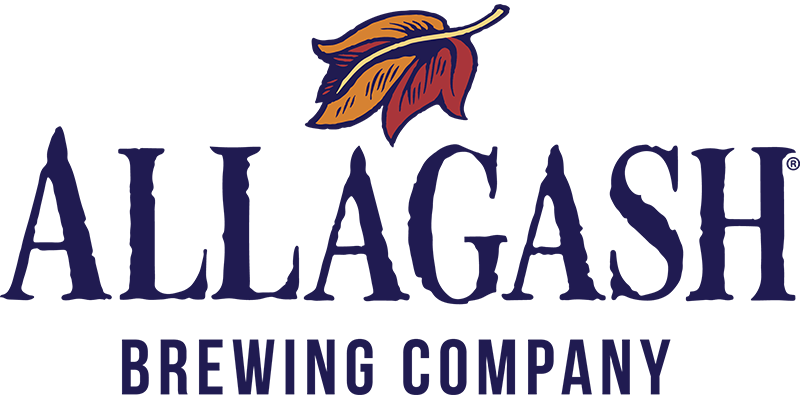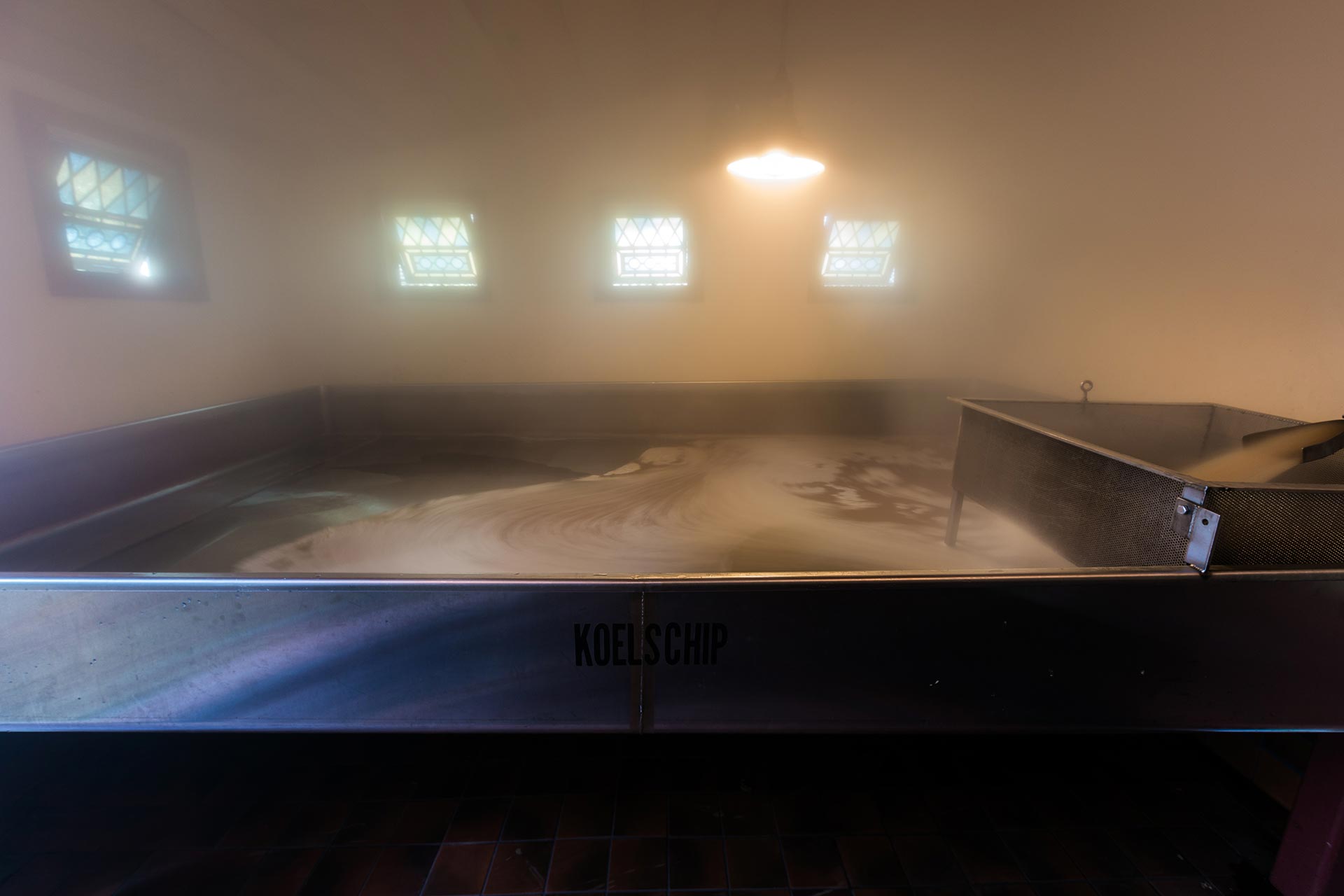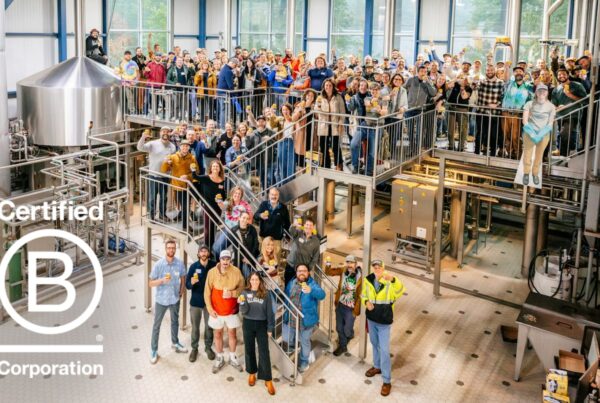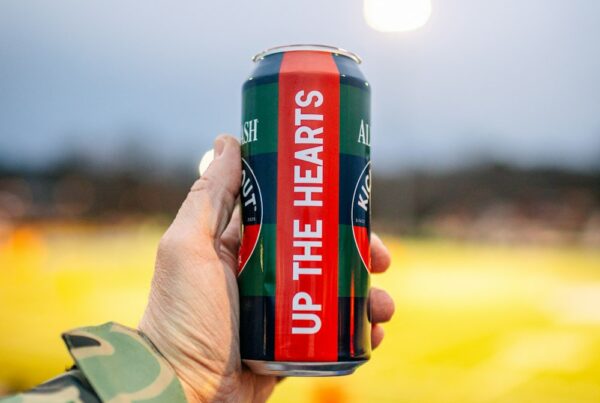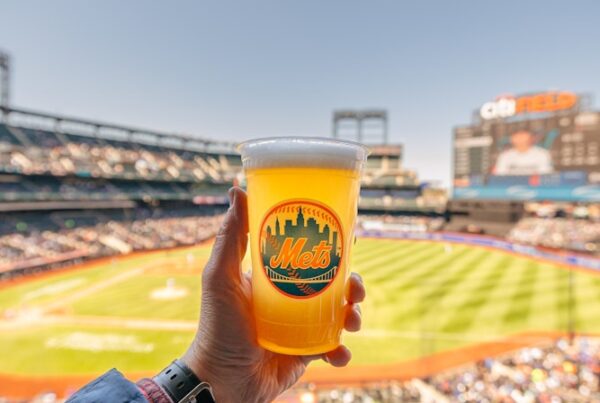What we call wild beer, many other people call “sour” beer. This is purely a preference, and not any hard and fast rule. But we wanted to explain why we feel like “wild” works a bit harder than “sour,” and what wild beers are to us.
Does wild mean sour?
Before the recent eruption of craft brewing, the most notable producers of what we consider wild ales called either Belgium or Germany their home. These classic wild beers include the Belgian Lambic, Flanders red, oud bruin, and Germany’s Berliner weisse. In recent years, however, craft breweries—mostly American—have taken these styles, thrown out the rules, and rearranged the raw parts into something entirely new.
If you’re familiar with the above styles, you’ll know that all of them have a tart component to their flavor. So couldn’t we just call all wild beers “sour beers?” Our brewmaster says no. We prefer to think of sourness, or acidity, as a component of a beer, not an overarching style. This is for two major reasons: tartness is one of many flavors in wild beers and by no means captures the entire flavor profile of the beer. Reason two is that all wild beers aren’t necessarily sour!
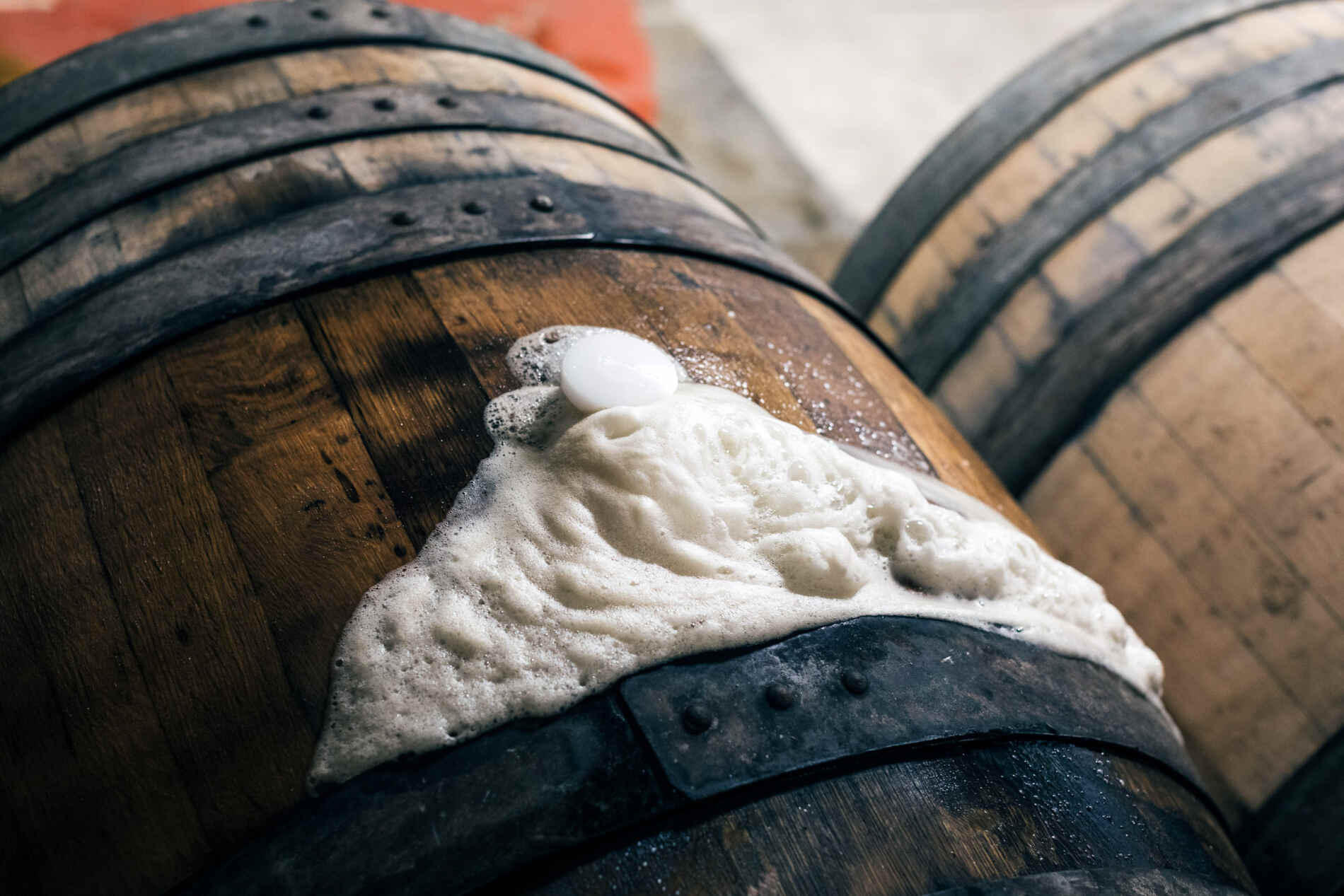
Wild, Wild Yeast
We define wild beer as a beer that’s brewed with something in addition to—or in place of—traditional brewer’s yeast. One such additional yeast is Brettanomyces. Wild yeast is defined by the Oxford Companion to Beer as “any species of yeast in fermentation other than the pitching yeast, often derived from the environment in or surrounding the brewery.” Pitching yeast refers to a strain of Saccharomyces—the yeast you’ll find in ales and lagers the world over. Brettanomyces differs from Saccharomyces in that it A: takes longer to ferment, B: eats up more complex sugars, and C: can create “fruit-like” as well as “funky” flavors described as mousy, barnyard, and horse blanket. (These funky flavors are considered desirable—in moderation—by many drinkers, including those at Allagash.) So you can have a wild beer fermented with Brettanomyces that doesn’t taste sour at all. However, certain strains of Brettanomyces can also create a subtle hint of tartness, which can be augmented by other brewer-added bacteria like Lactobacillus and Pediococcus.
Alluded to in the previous sentence, sour flavor typically comes from two bacterias lovingly referred to by many brewers as “bugs” or “critters.” More formally, they’re known as Lactobacillus and Pediococcus. You can find them in Allagash beers like Émile, Farm to Face, Pick Your Own, and more. Fun Fact: Lactobacillus is what gives yogurt its tart flavor.
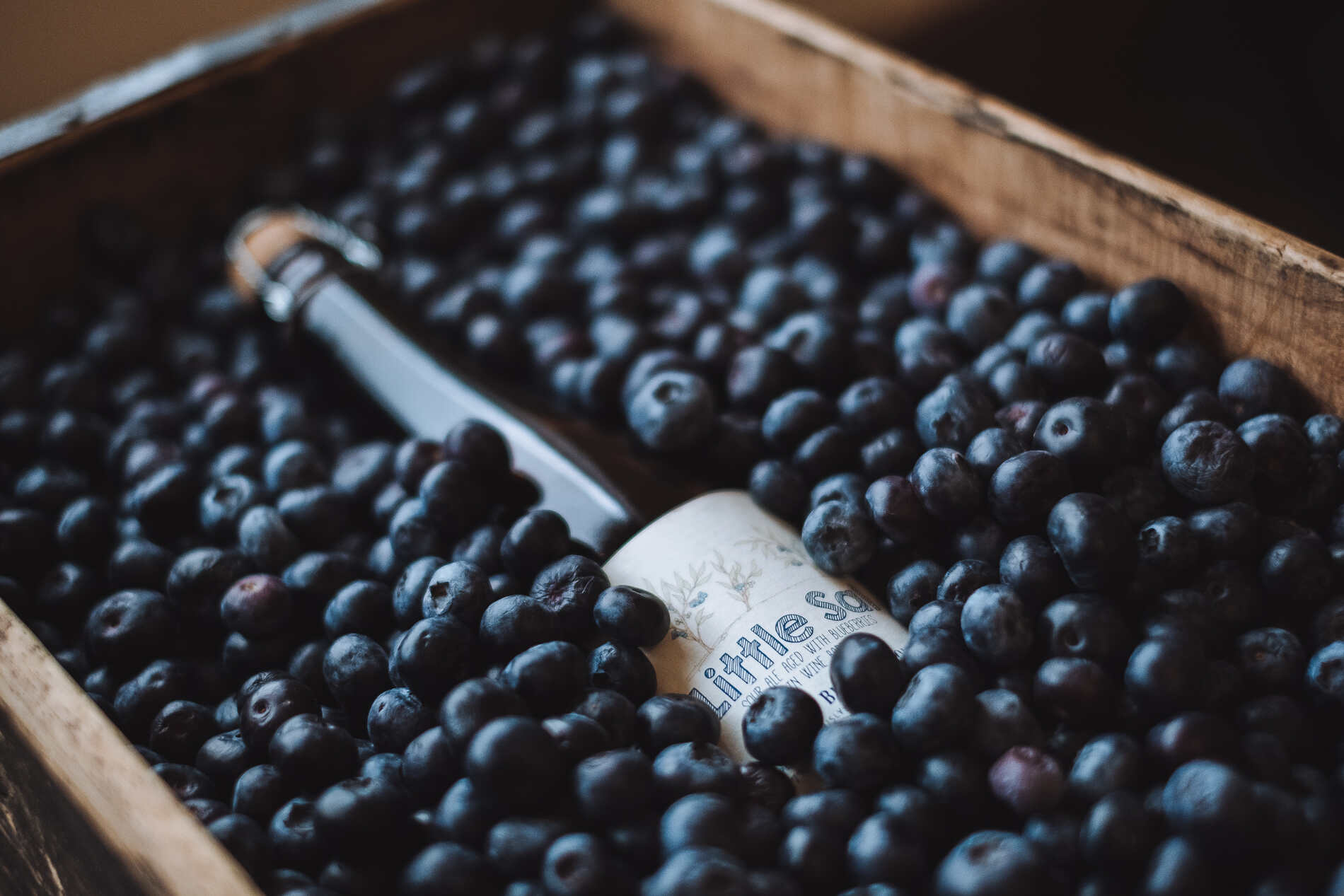
How does beer become sour?
How a beer gets soured depends on when you add these bacteria. Kettle souring takes place in the kettle, effectively souring the wort—which is basically beer before the addition of yeast. Traditional souring takes place over the period of months, and sometimes even years, after the yeast has been added. A simple heuristic to remember the difference: kettle souring is souring wort, traditional souring is souring beer. The flavor difference between the two methods is also notable. Kettle souring produces a straightforward, clean tartness. Traditional souring tends to create a more complex and nuanced profile. Both methods of souring can be used on a Brettanomyces-fermented beer, but it’s by no means a mandate when making a wild beer.
This gets us to why we still don’t think the term wild beer is perfect. Brettanomyces, Lactobacillus, and Pediococcus, are no longer technically wild. They’ve been captured by brewers and put to use in beers for years. The only truly wild beer would be those made through spontaneous fermentation, like our Coolship beers. Because that’s another entire galaxy of brewing in itself, we’ll summarize it by saying that yeast is all around you in the air, and the method of spontaneous fermentation captures that yeast and uses it to ferment beer. You can read more about it here, here, and here.
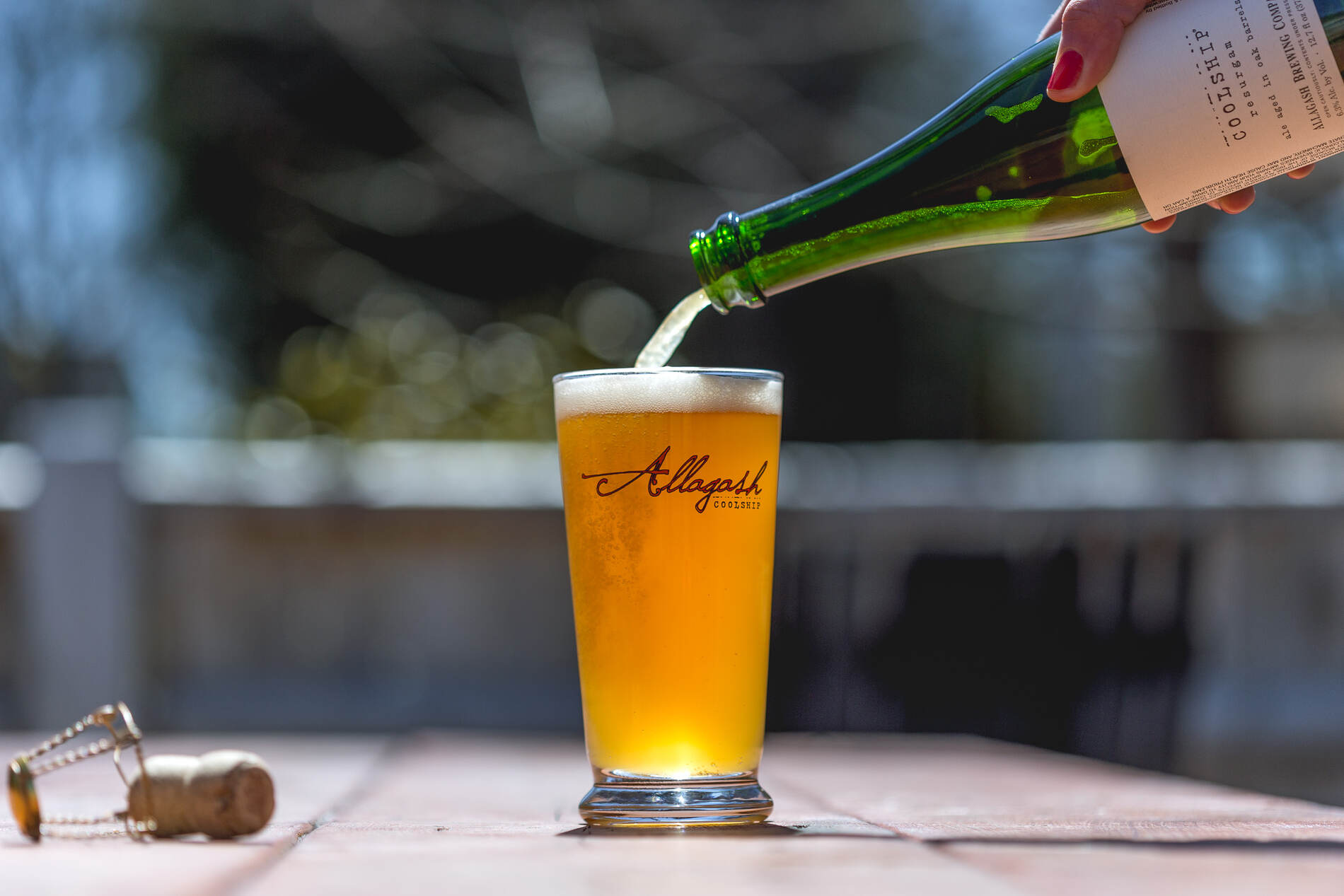
So when it comes to wild beer, just know that there’s more to them than tart flavor. In fact, we find this style to be one of the more exciting and gratifying areas to explore in today’s beer world. While it’s hard to come up with any single thing to say about the beers that fall under this giant tent of terminology, we can certainly say that it’s a style that will continue to surprise and delight beer enthusiasts for years to come.
